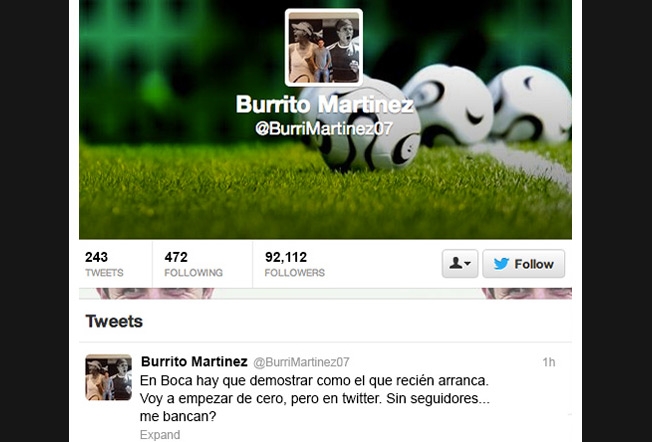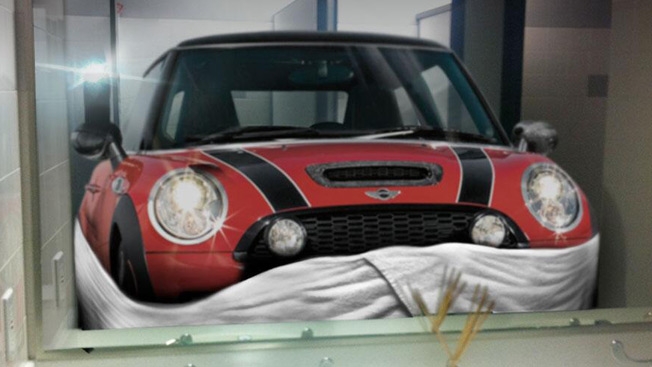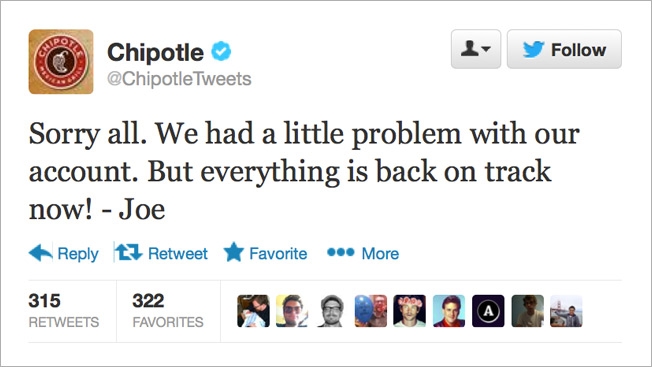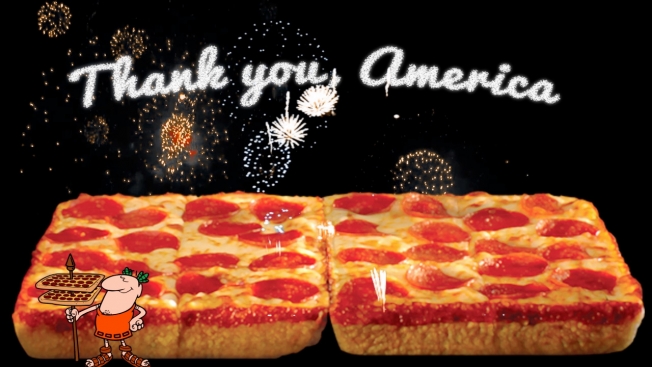Kenneth Cole Clarifies: Being a Jerk on Twitter Is Just Good Business
Posted in: Uncategorized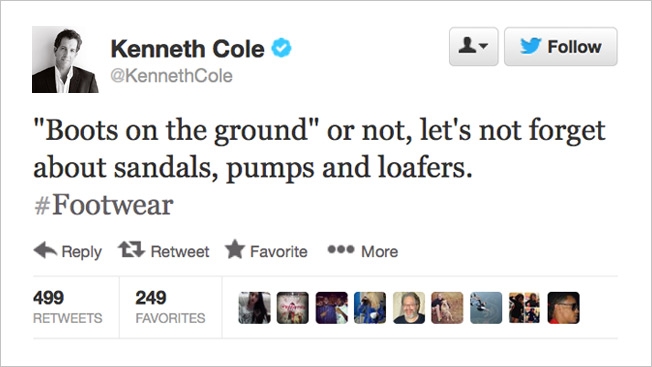
Whatever he was wearing yesterday—boots, loafers, sandals, pumps—Kenneth Cole appeared to really step in it when he tweeted out an awkward reference to the Syrian crisis as a way of promoting his footwear. It wasn't the first embarrassing tweet for the pun-loving would-be copywriter. In 2011, he famously suggested that protesters in Egypt were simply all riled up about his spring collection. It seemed quite odd that Cole—who writes the @KennethCole account personally—would have misfired in precisely the same way purely by accident. And that's because it wasn't an accident. In the upcoming October issue of Details, on newsstands Sept. 19, Cole speaks about the infamous Egypt tweet, and makes it clear that he's really not sorry about it whatsoever.
Q: In 2011, you were criticized for tweeting that the riots in Cairo happened because Egyptians "heard our new spring collection is now available." Did you write that tweet yourself?
A: I did. I write most of them myself, often as people around me cringe. Billions of people read my inappropriate, self-promoting tweet, I got a lot of harsh responses, and we hired a crisis-management firm. If you look at lists of the biggest Twitter gaffes ever, we're always one through five. But our stock went up that day, our e-commerce business was better, the business at every one of our stores improved, and I picked up 3,000 new followers on Twitter. So on what criteria is this a gaffe? [Laughs] Within hours, I tweeted an explanation, which had to be vetted by lawyers. I'm not even sure I used the words I'm sorry—because I wasn't sorry.
In fact, Cole did apologize last time—though it's true he didn't use the words "I'm sorry." "I apologize to everyone who was offended by my insensitive tweet," he wrote on Facebook at the time, saying his "attempt at humor" was "poorly timed and absolutely inappropriate." Cole has not apologized at all for Thursday's Syria tweet—proving that, contrary to popular belief, he actually doesn't make the same mistake twice.
![]()










